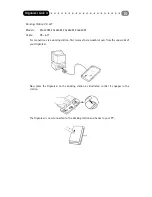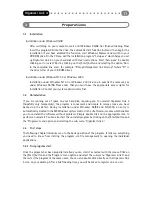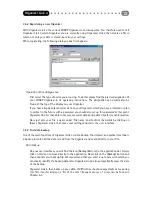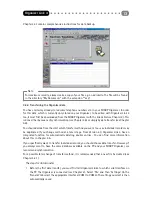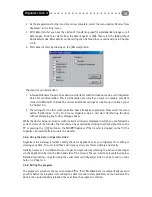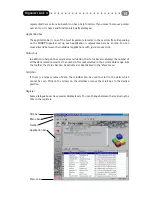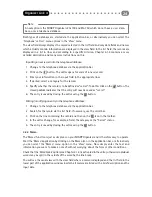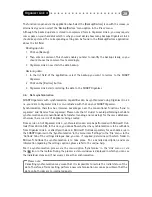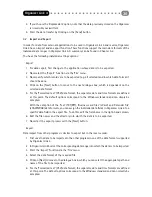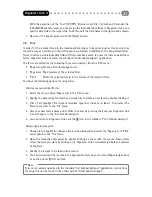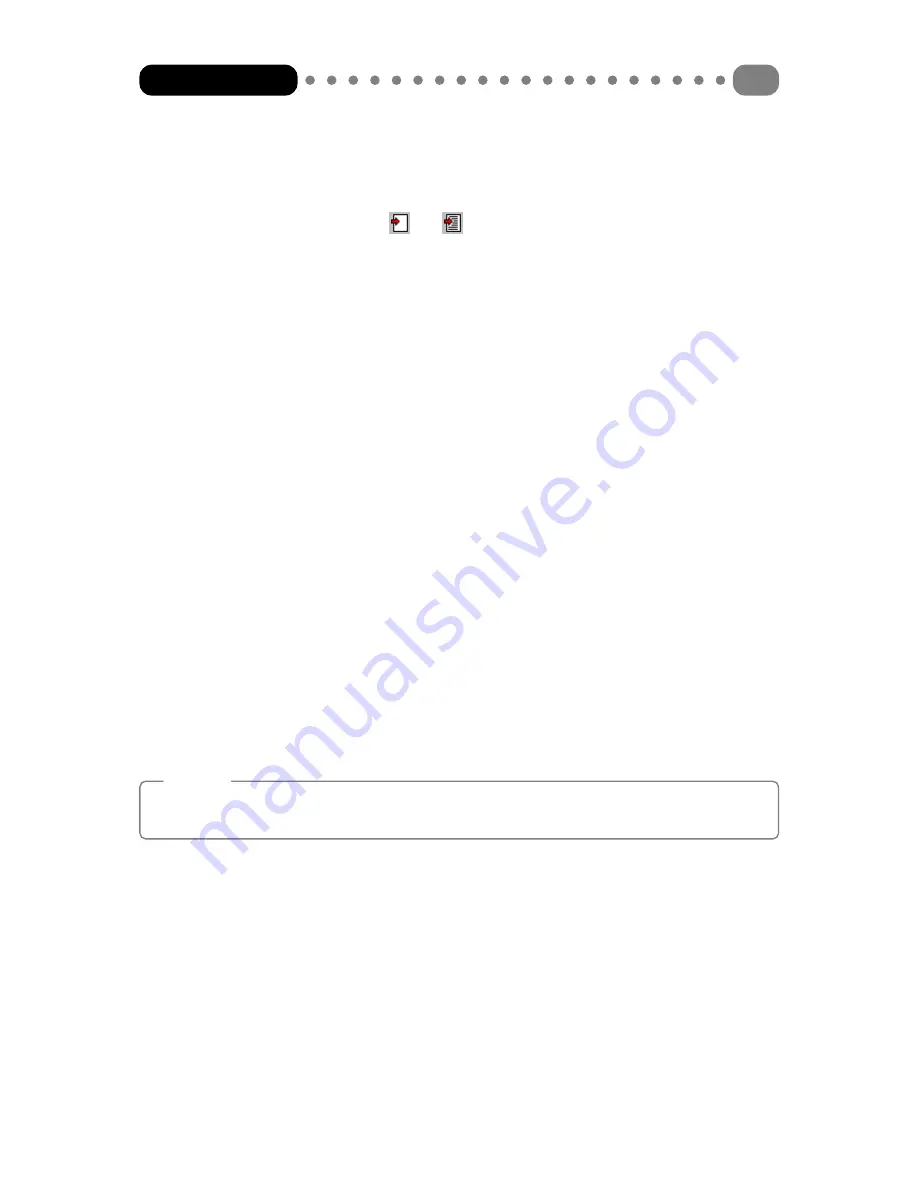
Appointments
A date as well as a start, end and/or alarm time can be defined in the editor for every
appointment. Appointments are entered and edited via an editor which can be opened either
via the ‘Edit’ menu or the icons
and
or directly from the calendar views (see above).
The appointment is entered in the various views according to its date and its start and end
time. It is possible to enter an alarm time and appointments with an alarm time are marked
in the list field with a small bell.
However, the appointment reminder with the display of a reminder window and, if the alarm
sound is switched on, also with a signal is only possible on the SHARP Organizer.
To enter recurring appointment, first record the first appointment in the appointment chain.
Select this appointment in the list field and then select the menu option ‘Repeat appointment’
in the ‘Calendar’ menu. Then specify the interval and how often the appointment should be
repeated.
To Dos
“To Dos” can be recorded and assigned to a specific category with a date and/or priority. They
are then displayed in the views until they are marked as ‘completed’, which is done via the
editor. Both the date input and the priority are optional. If the pre-determined deadline for
a To Do has expired, this To Do is from now on displayed under today’s date. This also applies
to To Dos which were entered without a date in the first place.
Anniversaries
Two different types of anniversary are recognised in Organizer Link 4: anniversaries which
are repeated on a specific date (e.g. a birthday) and anniversaries which are repeated on a
specific day of the week (e.g. annual meetings) for which the actual date remain variable.
Both types are entered via the same editor.
Like appointments and To Dos, anniversaries are also entered in the views.
Note:
An exception is the SHARP Organizers ZQ-700 and ZQ-750 which can only take account of
anniversaries which are repeated on a specific date.
4.3.2 Telephone database and User database
Like your SHARP Organizer, Organizer Link 4 also has two databases:
• The telephone database in which the field names are prescribed. However, the selection of
fields is so large that the telephone database is extremely well-equipped to store all your
contacts with address, telephone number and lots of other information.
• The user database in which you can rename the field names as you wish which gives you the
option of individual customisation (e.g. database for recording your CD collection or for
recording restaurant addresses).
Organizer Link 4
23
Содержание Organizer Link 4
Страница 1: ......


